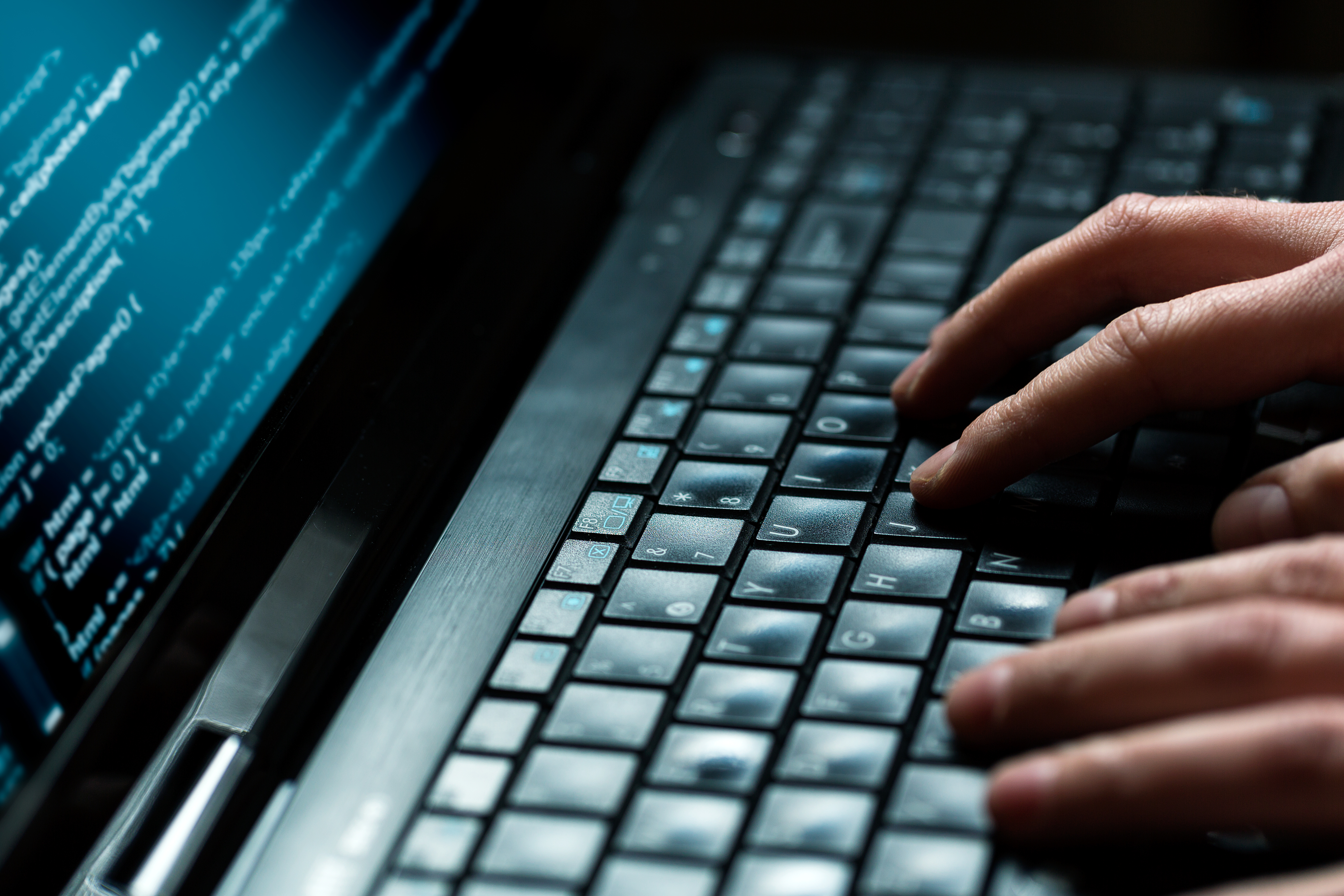
Miranda Blake
Cinq signes de cybercriminalité à surveiller dans le secteur du transport routier
Créée: 16/09/2024
•
Mise à jour : 16/09/2024
Aucun secteur n'est à l'abri de la menace des cyberattaques, et surtout pas celui du transport routier. En fait, 4,3 % d'entre elles visaient [les entreprises de transport en 2023] (https://www.fusionmanageit.co.uk/node/cybercrime-in-road-transport/). Pour les pirates informatiques, les entreprises de transport constituent une victime idéale. En effet, ces entreprises traitent un grand nombre de données sensibles et ne peuvent se permettre aucun retard, ce qui en fait des cibles de choix pour les ransomwares.
Les entreprises de transport sont également exposées à d'autres types de cyberattaques en raison de la façon dont la technologie et l'[IA] (https://snapacc.com/newsroom/ai-and-its-impact-on-sustainability-in-the-haulage-industry/) ont transformé le secteur, augmentant la dépendance à l'égard de ces systèmes et de multiples systèmes connectés - ce qui permet aux cybercriminels d'entrer dans les grandes organisations. D'autres raisons de cibler l'industrie, notamment le manque général de sensibilisation à la cybersécurité dans le secteur, font qu'il est évident que celui-ci est incroyablement vulnérable.
Les statistiques confirment cette inquiétude. Par exemple, [les attaques de ransomware en Europe ont augmenté de 41 %] (https://www.jumpsec.com/guides/ransomware-trends-the-european-transport-sector/), en particulier dans le secteur des transports. Même si cela peut sembler effrayant, connaître les signes de la cybercriminalité vous aidera à réduire votre risque d'en être victime. Dans ce blog, nous vous présentons les cinq signes les plus courants.
1. Détérioration des performances
Les employés se plaignent de la lenteur du système d'exploitation, de l'internet ou des logiciels ? Ou ne parviennent-ils pas à ouvrir une application particulière ? Bien qu'il ne s'agisse pas nécessairement d'une cyberattaque, c'est un indicateur clé. Par conséquent, si vous constatez une détérioration des performances, signalez-la aux personnes concernées. Il est essentiel que le problème, quel qu'il soit, soit éliminé du monde en ligne dès que possible.
Dans le même ordre d'idées, une activité anormalement élevée du système, du réseau ou du disque est un autre signe : la plupart des applications sont généralement inactives en arrière-plan.
2. Courriels suspects
Vous connaissez sans doute les attaques par hameçonnage, qui deviennent de plus en plus sophistiquées. Si quelque chose semble provenir d'une entreprise légitime et demande des informations bancaires ou un paiement, il est préférable de vérifier auprès de l'organisation en question.
L'ouverture d'un lien et la nécessité de saisir un identifiant et un mot de passe constituent un autre moyen pour les pirates d'intercepter les courriels. Répondre à l'e-mail est également un problème - cela confirme l'adresse e-mail du destinataire, ce qui peut déclencher d'autres attaques par hameçonnage. C'est pourquoi il est essentiel de dispenser une formation adaptée.
3. Activité sceptique
Les courriers électroniques ne sont pas la seule chose à laquelle vous et vos employés devez faire attention. Il est préférable d'éviter les fenêtres pop-up sur le web - vous ne devriez même pas les fermer. Si certaines sont tout à fait innocentes, il y a toujours un risque qu'elles contiennent des logiciels malveillants ou des logiciels espions qui mettent votre réseau en péril.
En outre, veillez à vous attaquer à toute activité étrange de la part d'un utilisateur. Il peut s'agir d'une connexion à des heures inhabituelles et à partir d'endroits anormaux ou de plusieurs endroits différents sur une courte période.
4. Systèmes autonomes
Un programme fait-il l'une des choses suivantes ?
S'exécuter soi-même
S'éteindre soi-même
Se reconfigurer
Ou y a-t-il même plusieurs programmes qui agissent de la sorte ? Tout d'abord, vérifiez s'il existe une source au sein de l'entreprise qui pourrait être à l'origine de cette situation. Si ce n'est pas le cas, il s'agit d'un symptôme de cyberattaque.
5. Accès restreint
Si un employé ne peut pas accéder à un compte ou à un document, ou s'il est d'une manière ou d'une autre bloqué hors d'un système et qu'il a reçu un courriel prétendant que son mot de passe a été changé, il s'agit là d'un autre indice clé d'un cybercrime.
Bien que vous ne puissiez pas l'empêcher, une bonne pratique consiste à s'assurer que chaque membre de l'équipe dispose d'un mot de passe fort, régulièrement mis à jour. Cela permettra également d'éviter des situations telles que la suppression de logiciels ou de fichiers, la modification du contenu de fichiers ou l'installation de logiciels par des pirates.
L'importance d'un partenariat avec des fournisseurs sûrs
Comme vous pouvez le constater, la prévention est essentielle pour ne pas tomber sous le coup d'une cyberattaque. Pour ce faire, il est essentiel de veiller à ce que la technologie des fournisseurs soit aussi sûre que possible.
Avec SNAP, vous disposerez d'un compte sécurisé pour vos opérations de flotte, ce qui vous permettra d'avoir l'esprit tranquille face au risque de cybercriminalité. Pour en savoir plus sur ce que nous pouvons faire pour votre entreprise, rendez-vous sur [notre site web] (https://snapacc.com/).



